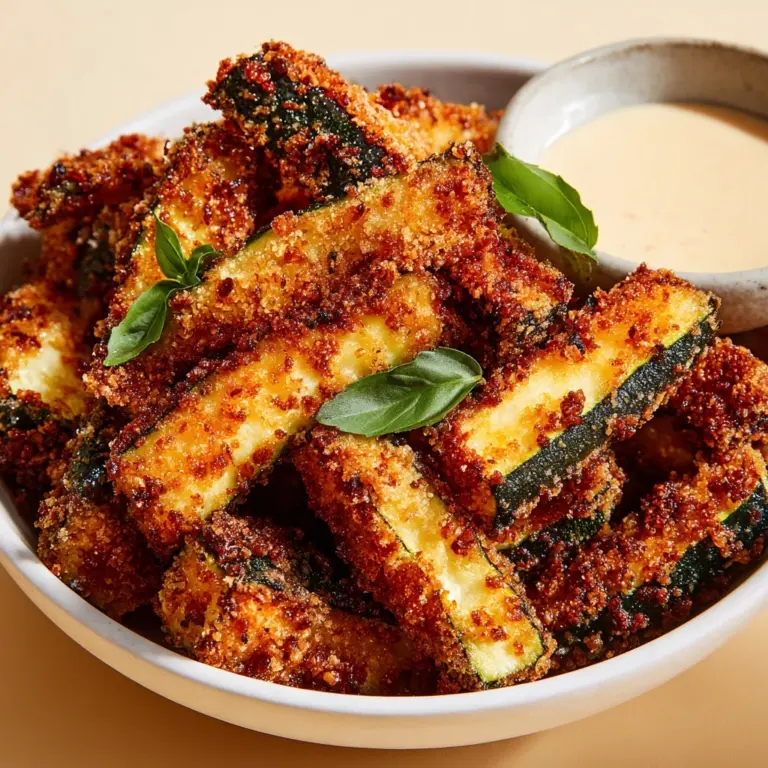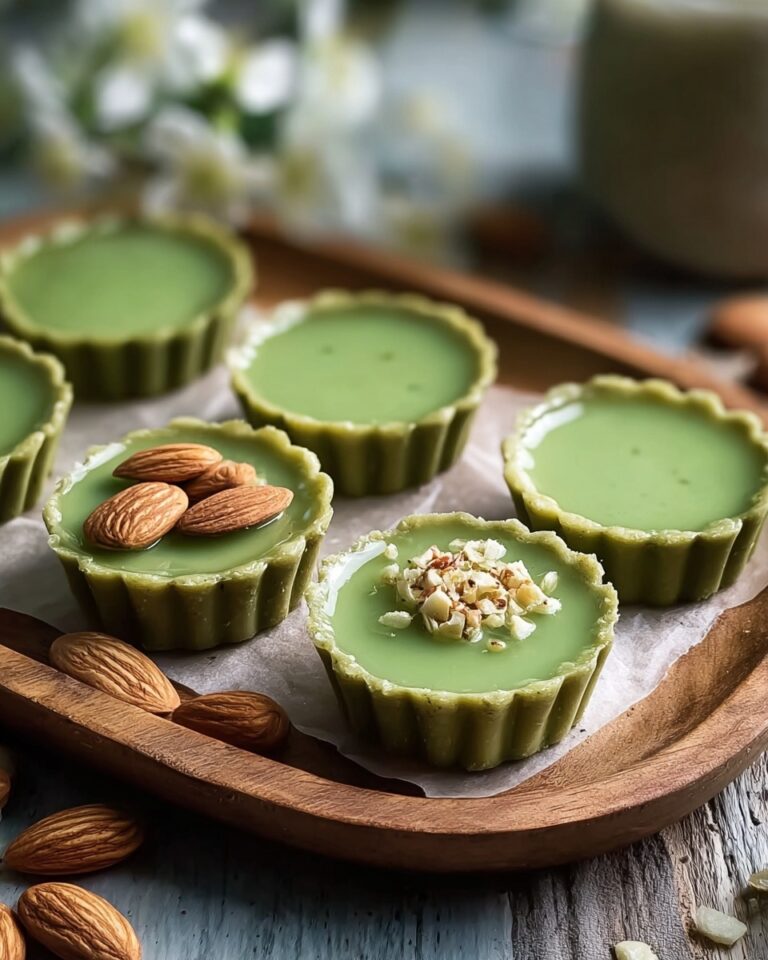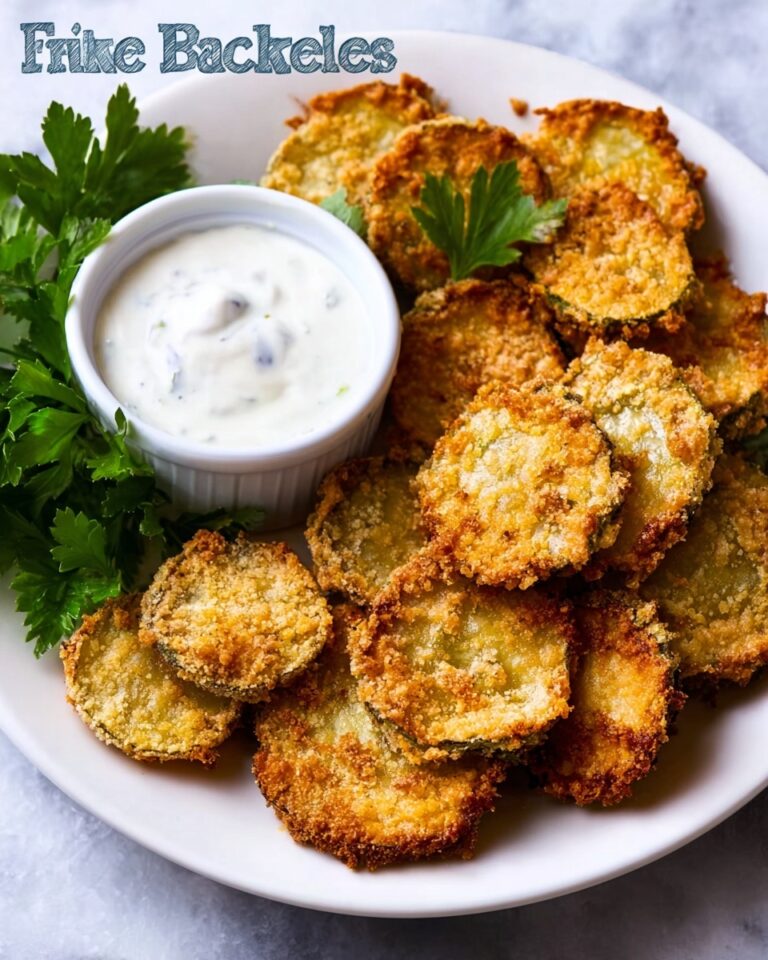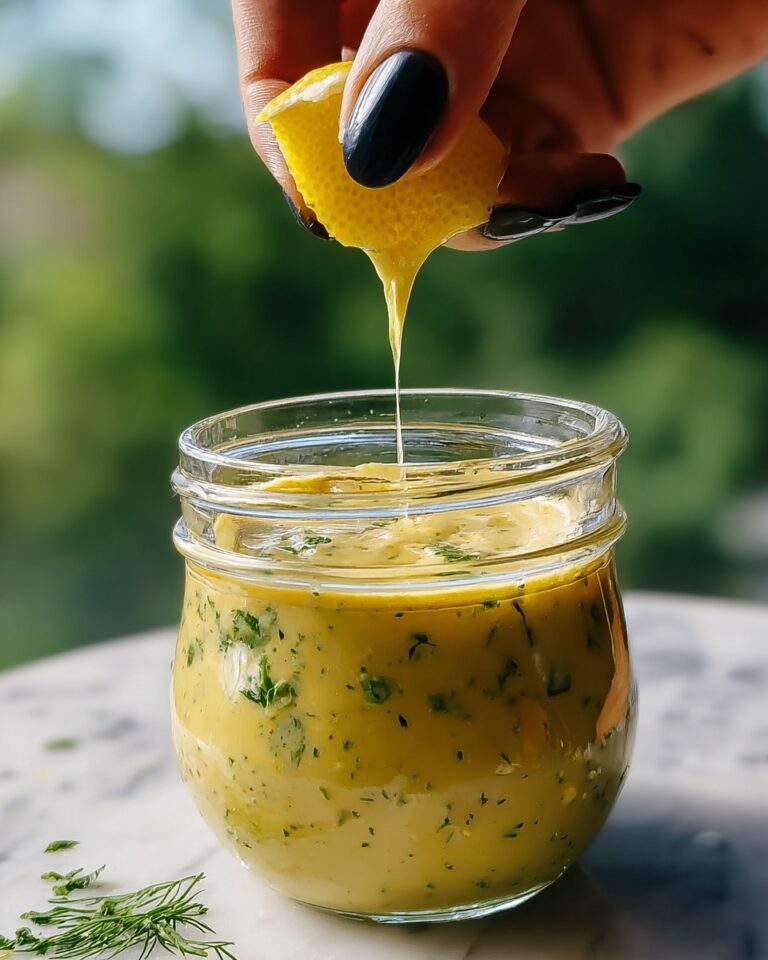There’s something utterly magical about transforming everyday ingredients into something special right in your own kitchen, and Homemade Cheese is the ultimate example. With just whole milk, a splash of vinegar or lemon juice, and a sprinkle of salt, you can create a fresh, creamy treat that tastes like kitchen alchemy. Whether you’re sliding it into a salad, tucking it into a sandwich, or swirling it into pasta, this simple cheese has endless uses and a flavor that will make you wonder why you ever bought it from the store. Trust me, once you experience the melt-in-your-mouth perfection of freshly made cheese, you’ll be hooked!

Ingredients You’ll Need
You don’t need a fancy ingredient list to make incredible Homemade Cheese. Each element plays an important role, from setting the creamy base to helping the curds come together in that irresistible fresh texture and flavor. Here’s what you’ll need and why:
- Whole milk: Use the best quality (not ultra-pasteurized) for rich, creamy curds that hold together beautifully.
- White vinegar or lemon juice: These acids trigger the curdling magic, separating the milk into silky curds and whey.
- Salt (optional): A pinch of salt adds balance and enhances the natural flavor of your Homemade Cheese, but you can skip it for a milder taste.
- Cheesecloth: Essential for straining the cheese; it ensures you get a soft, smooth finish without any grit.
How to Make Homemade Cheese
Step 1: Warm the Milk
Start by pouring your gallon of whole milk into a large, heavy-bottomed pot. Set it over medium heat and give it an occasional stir to prevent scorching at the bottom. Watch as the milk gently steams and edges toward a simmer—your kitchen will smell deliciously cozy! Use a thermometer if you have one, and gently heat until it reaches 190°F, just beneath the boiling point.
Step 2: Add the Acid and Curds Form
Once the milk is nice and hot, remove the pot from the heat. Slowly, stir in your white vinegar or lemon juice. Now comes the fun part! Within moments, you’ll see the milk separate into soft white curds and clear, yellowish whey. It’s a little science experiment right in your kitchen—and it never gets old!
Step 3: Let It Rest
Allow the curds and whey to sit undisturbed for about 10 minutes. This hands-off time gives the curds a chance to fully develop, becoming tender yet solid enough to hold together when strained. The waiting is the hardest part, but the results are totally worth it.
Step 4: Strain with Cheesecloth
Line a colander with cheesecloth and set it over a large bowl to catch the whey—don’t toss it, as it’s great for smoothies or baking! Slowly ladle or pour the curdled milk into the cheesecloth, letting gravity do the work. The longer you let it drain (anywhere from 5 to 20 minutes), the firmer your Homemade Cheese will be. For creamy, spreadable cheese, stop at the shorter end; for sliceable, press on a bit longer.
Step 5: Salt and Shape
Once you’ve got the texture you like, sprinkle with salt if you’d like a boost of flavor. Gently stir it in or knead by hand—remember, a light touch keeps the curds tender! Gather the cheesecloth edges and twist, forming your cheese into a neat ball. Squeeze gently to push out any last drops of whey, then unwrap your creation and get ready to taste the magic.
Step 6: Chill or Enjoy Fresh
Your Homemade Cheese is delicious right away, warm and creamy, but chilling it for a few hours will firm it up and make it perfect for slicing or grating. Either way, you’ll be amazed at how fresh and satisfyingly homemade your cheese tastes!
How to Serve Homemade Cheese

Garnishes
Sprinkle your Homemade Cheese with cracked black pepper, fresh herbs (like chives or dill), smoked paprika, or a drizzle of olive oil. These simple additions elevate every bite and let you tailor the flavor to whatever you’re craving.
Side Dishes
Pair slices or crumbles of Homemade Cheese with juicy tomato salad, roasted vegetables, or even a pile of fresh berries for a sweet-savory snack. It’s equally at home alongside crusty bread as it is with a bowl of hearty soup or wrapped into warm flatbreads.
Creative Ways to Present
Try rolling your freshly made cheese into little balls and marinating them in olive oil with herbs and garlic, or pressing it into fun shapes using cookie cutters. It’s also perfect for crumbling over pasta, salads, or grain bowls—let your imagination go wild!
Make Ahead and Storage
Storing Leftovers
Place your Homemade Cheese in an airtight container and refrigerate. It will stay fresh and creamy for up to 5 days, making it convenient to grab for quick meals, snacks, or entertaining.
Freezing
You can freeze Homemade Cheese, though the texture may become slightly more crumbly after thawing. For best results, wrap it tightly in plastic wrap and then seal in an airtight bag or container for up to two months.
Reheating
If you prefer your cheese warm, simply bring it to room temperature or heat it gently in the microwave on low power. Homemade Cheese also melts wonderfully into hot dishes, so try stirring it into soups, sauces, or pastas!
FAQs
Can I use skim or low-fat milk for Homemade Cheese?
You can, but the cheese won’t be as rich or creamy. Whole milk really gives the best flavor and texture. Lower fat options will yield a drier, crumblier cheese, but it still works for most recipes!
What should I do with the leftover whey?
Don’t pour it down the drain! Whey is packed with protein and nutrients. Use it in smoothies, bread baking, soups, or as a liquid substitute in pancakes or muffins for an extra nutrition boost.
Can I flavor my cheese while making it?
Absolutely! Add fresh chopped herbs, cracked pepper, or even minced garlic when you stir in the salt. This adds lots of personality and lets you customize your Homemade Cheese to match your favorite flavors.
Is this cheese similar to paneer?
Yes, it’s quite close. Homemade Cheese made this way is very similar to Indian paneer or farmer’s cheese—firm, mild, and wonderfully versatile. You can use it in many of the same dishes or enjoy it plain!
Do I need any special equipment besides cheesecloth?
No special gadgets required! A heavy-bottomed pot, cheesecloth, thermometer (helpful, not essential), and a colander are all it takes to start your cheese-making journey.
Final Thoughts
If you’ve never tried making Homemade Cheese before, now’s the time to dive in. You’ll be amazed at how a few simple steps can deliver such freshness, flavor, and satisfaction—plus, you’ll impress your friends and family! Give it a go and savor the magic you create with your own two hands.
Print
Homemade Cheese Recipe
- Prep Time: 5 minutes
- Cook Time: 15 minutes
- Total Time: 30 minutes
- Yield: About 1 1/2 cups cheese
- Category: Condiment, Snack
- Method: Stovetop
- Cuisine: Universal
- Diet: Vegetarian, Gluten Free
Description
Learn how to make delicious homemade cheese with just a few simple ingredients. This easy recipe yields a creamy and versatile cheese that can be used in a variety of dishes.
Ingredients
Milk Mixture:
- 1 gallon whole milk (not ultra-pasteurized)
- 1/4 cup white vinegar or lemon juice
- 1 teaspoon salt (optional)
Additional:
- Cheesecloth for straining
Instructions
- Heat Milk: In a large pot, heat milk until it reaches 190°F (88°C), just before boiling.
- Add Acid: Remove from heat and stir in vinegar or lemon juice. Let sit for 10 minutes to curdle.
- Strain Curds: Line a colander with cheesecloth, strain the curdled milk, and let drain for desired texture.
- Season and Shape: Sprinkle with salt, twist the cheesecloth into a ball, and gently squeeze out excess whey.
- Store: Use immediately or chill for later use.
Notes
- This cheese is similar to paneer or farmer’s cheese and can be used in various dishes.
- Store in the fridge in an airtight container for up to 5 days.
Nutrition
- Serving Size: 2 tablespoons
- Calories: 80
- Sugar: 1g
- Sodium: 100mg
- Fat: 6g
- Saturated Fat: 4g
- Unsaturated Fat: 2g
- Trans Fat: 0g
- Carbohydrates: 2g
- Fiber: 0g
- Protein: 4g
- Cholesterol: 20mg








